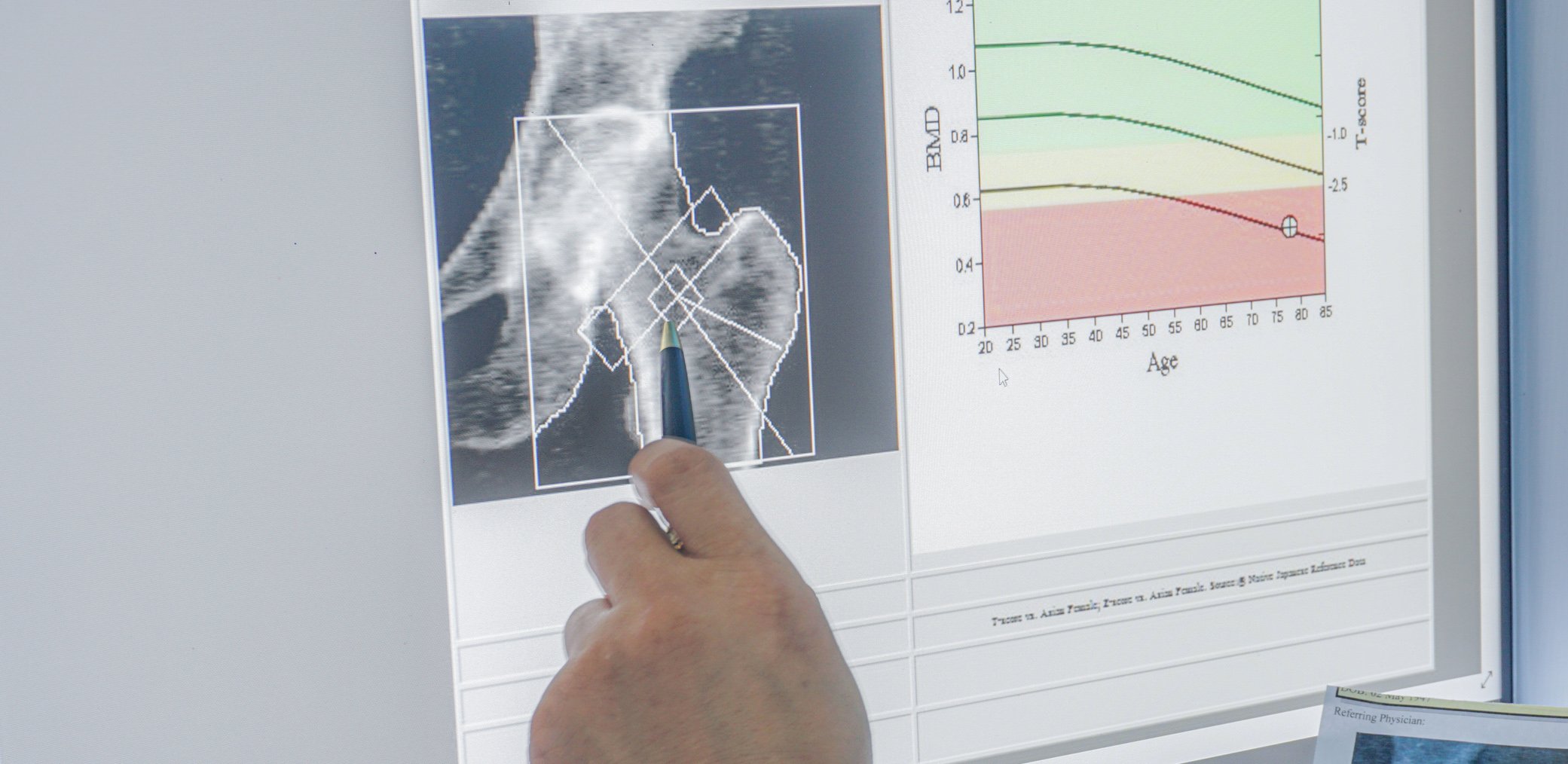People with type 2 diabetes have too little endogenous GLP-1 (glucagon-like peptide 1). Semaglutide, which mimics natural GLP-1, can compensate.1 Like endogenous GLP-1, it normalizes blood glucose, supports weight loss, and shows fewer cardiovascular events.1,2,*
When we eat, our intestines produce a substance called GLP-1, which stimulates the secretion of insulin in the pancreas in a glucose-dependent manner and inhibits that of glucagon. In addition, GLP-1 slows gastric emptying, increases the feeling of satiety and centrally regulates cravings. This prevents the blood sugar from rising too high.
In patients with type 2 diabetes, too little GLP-1 is probably released or its effect is impaired. Among other things, this is why the blood glucose level of these patients rises, and consequently also the value of their long-term blood glucose, the HbA1C. In the long run, this triggers the well-known microvascular and macrovascular sequelae that must be prevented. A GLP-1 analogue such as Semaglutide effectively contributes to their prevention by restoring blood glucose to normal.1
Semaglutide – a modern and potent GLP-1 analogue
Semaglutide is a GLP-1 analogue that is as modern as it is potent, mimicking natural GLP-1.1 The optimized active ingredient is degraded in a delayed manner, thus prolonging the duration of action.3 This creates the possibility of once-weekly administration of semaglutide.1 Semaglutide can do the following:
- It normalizes elevated blood glucose in a glucose-dependent manner, thereby significantly lowering patients’ HbA1C .1
- By regulating feelings of satiety and hunger, it can lead to weight loss.*
All of this helps patients with inadequately controlled type 2 diabetes and obesity (BMI ≥ 28) achieve their treatment goals thanks to semaglutide.1
Also of key importance for patients with type 2 diabetes is a reduction in their cardiovascular risk. Clinical studies on cardiovascular outcome (CVOT studies) demonstrate significantly fewer cardiovascular events with semaglutide.2 Semaglutide showed a good safety profile, comparable to safety profiles of other modern antidiabetic agents.1,2
Ozempic®– harnessing the potential of Semaglutide
Since summer 2018, Semaglutide (Ozempic®) has been approved in Switzerland for patients with type 2 diabetes.1 It has two decisive plus points for achieving the therapy goals: Very good glycemic control and significant weight reduction.1,* In addition, Ozempic® therapy in the clinical, placebo-controlled setting showed 26% fewer cardiovascular events after two years.2
Ozempic® offers patients the advantage that it is applied subcutaneously only once a week.1 It is available as a ready-to-use pen and is easy to handle.1 These arguments also convince patients and strengthen their compliance.4 The success of the therapy and the prevention of possible secondary diseases depend on it.













